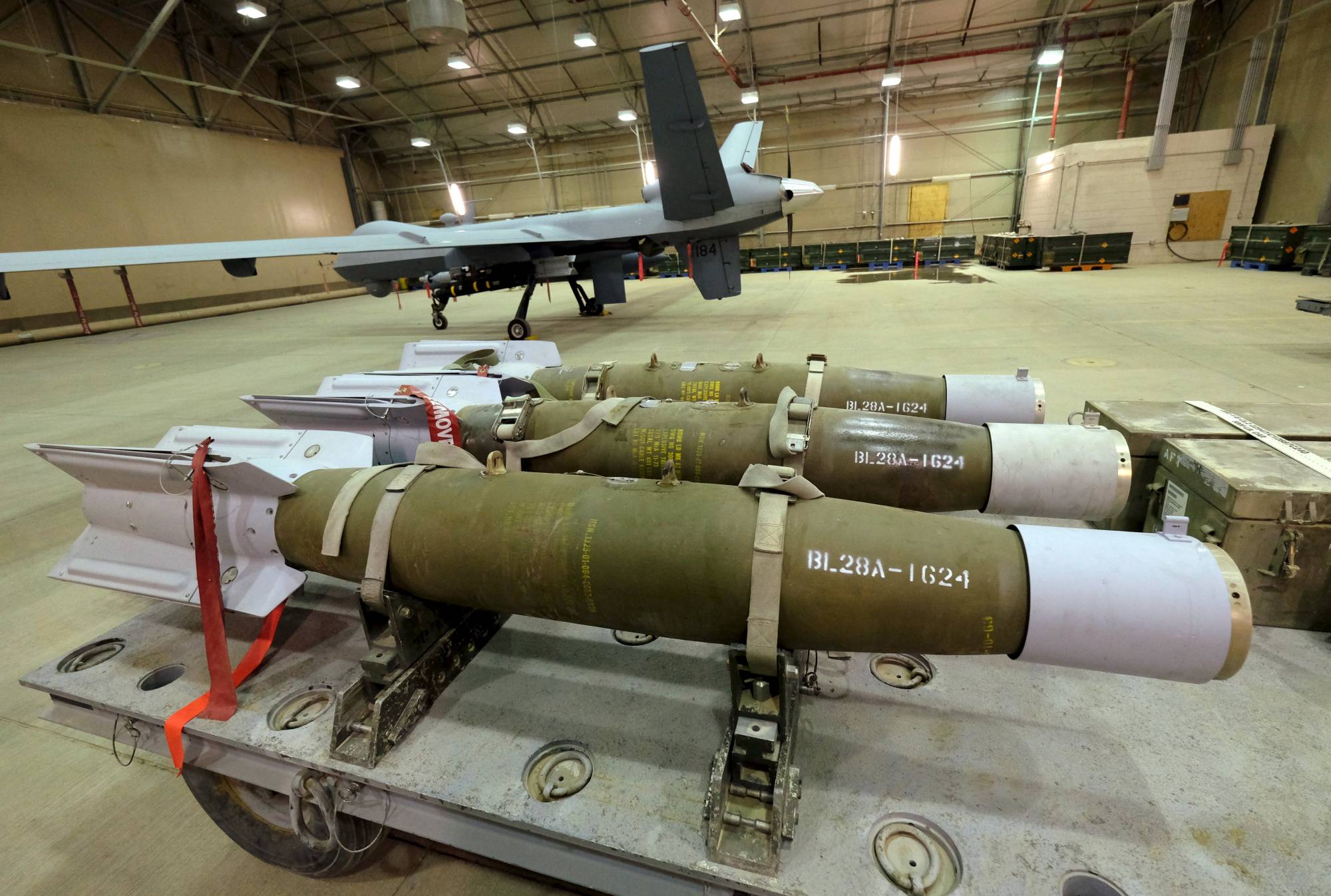U.S. Navy recently stood up a seagoing task force that it hopes will sail into not just the Arabian Gulf but also the future. The question is whether the service, and the Pentagon as a whole, can put its focus and money into the weapons of tomorrow and not those of the past.
Instead of the traditional collection of destroyers and cruisers, Task Force 59 is outfitted with unmanned vehicles powered by artificial intelligence. It is commanded by Capt. Michael "Brasso” Brasseur, whom I met in the days after the Sept. 11 attacks in the Pentagon, which still reeked of smoke and jet fuel. I was a recently promoted rear admiral, in charge of a small group of officers chosen to create new ways of thinking about how to use marine forces in what we would come to call "the global war on terror.”
Known as Deep Blue, our team worked on new alignments of land-attack forces built around amphibious ships; alternating crew arrangements that allowed the Navy to keep ships forward in combat far longer; and integrating naval special forces with our conventional capabilities to fight in a landlocked country, Afghanistan.

















With your current subscription plan you can comment on stories. However, before writing your first comment, please create a display name in the Profile section of your subscriber account page.